Business
British Council unveils research on transnational education in Sri Lanka
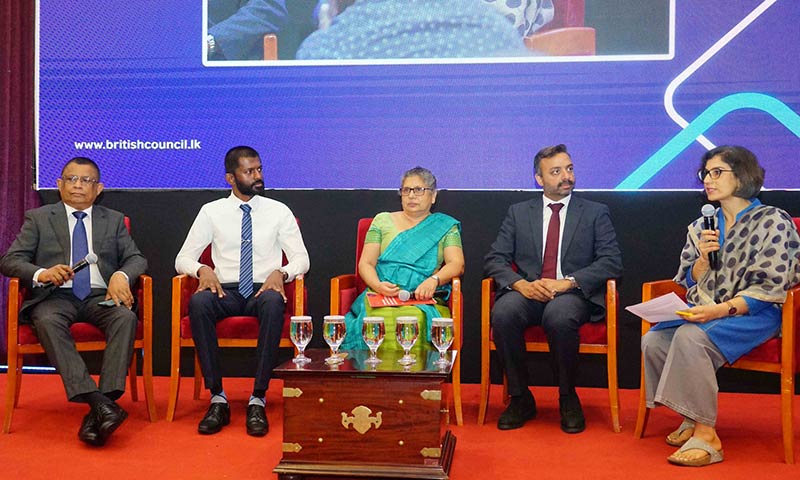
The report makes recommendations to bridge the gap in higher education quality and drive economic growth.
The British Council released a pivotal report that offers valuable insights into the current state and future potential of transnational education (TNE) in Sri Lanka, underscoring the opportunities and challenges faced by students and educational institutions.
The report was launched at the BMICH and was attended by the British High Commissioner to Sri Lanka Andrew Patrick, education ministry officials, education policy makers, officials from the University Grants Commission, state and non-state university officials.
The Minister of Education, Susil Premjayantha said: “Despite Sri Lanka’s high literacy rate and impressive strides in basic education, higher education capacity remains a significant challenge, with only 44,000 of the 171,532 qualified students gaining admission to state universities in 2022. This shortfall has driven a growing demand for private higher education and transnational education which has proliferated in the last few years.
“We hope that this report will shed light on how TNE can bridge the gap in Sri Lanka’s higher education landscape.”
The Country Director of British Council Sri Lanka, Orlando Edwards said: “The report is testament to our ongoing commitment in South Asia where we collaborate with governments and stakeholders to enhance access and quality of international education, while fostering cross-border partnerships and collaboration. Sri Lanka is rapidly becoming a hub for transnational education. In 2022-2023, it emerged as the second-largest country for UK TNE, accounting for 10% of all UK TNE enrolments globally with a 50% surge in UK TNE—totalling almost 54,000. This research report highlights the immense potential of TNE in bridging the gap in higher education access and driving economic growth for the country.”
Business
‘Local gem and jewellery industry at a critical juncture; its potential going untapped’
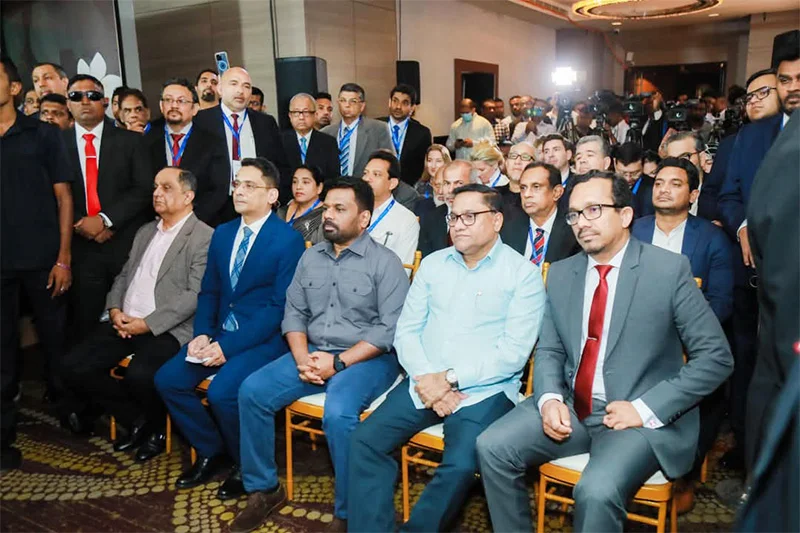
By Ifham Nizam
Sri Lanka’s gem and jewellery industry, once a jewel of the nation’s economy, is now at a critical juncture. Against this backdrop, Deputy Minister of Industry and Entrepreneurship Development Chaturanga Abeysinghe calls for urgent reforms and collective efforts to restore the industry’s global standing and unlock its untapped potential.
Highlighting the challenges, Abeysinghe remarked, “Sri Lanka has lost its gemstones in two ways – as citizens and as a country. The famed Blue Sapphire, valued at a minimum of Rs. 150,000 per carat, and other high-value gems like rubies are treasures that should place our nation on the global map. Yet, we have failed to leverage this heritage.”
The deputy minister shed light on key issues plaguing the industry:
The imposition of VAT on imported uncut gems has severely impacted local polishing and value-addition industries. “Earlier, there was a flat charge of USD 200 per consignment, but the new VAT regime has crippled gem-related businesses. In the past year, exports have dropped by 30%, he explained.
“The lack of standardization in gem pricing remains a unique challenge. The buyer determines the price of a gem, making regulation incredibly difficult, said Abeysinghe.
Abeysinghe added: “Illegal Chinese traders and issues with mining licenses further exacerbate the industry’s struggles.
“Sri Lanka must aim to become a USD 2 billion industry. To achieve this, we need to transform into a hub for gem and jewellery operations.
“The industry’s recovery depends on a coordinated effort from all stakeholders.
“We need to create specialized zones for gem and jewellery operations to attract international investors and establish Sri Lanka as a global hub.
“Industry associations and unions have come together to save this sector. This collaboration offers a unique advantage to the government in addressing immediate and long-term challenges.
“The new machinery prototype developed by the University of Sri Jayewardenepura’s engineering faculty in collaboration with the Asian Development Bank (ADB) is laudable.
“This innovative tool has the potential to modernize the sector. However, commercialization requires an additional USD 2,000, and we must act swiftly to make this a reality.
“Achieving a USD 15 billion reserve by 2028 hinges on industries like ours. Removing VAT on uncut gems is not just a demand but a necessity for the survival and growth of the sector.
“With its rich heritage and immense potential, Sri Lanka’s gem and jewellery industry stands at the threshold of a revival. However, this journey requires urgent policy reforms, investments, and collective determination to reclaim its rightful place on the world stage.”
Business
Automobiie Association ties-up with ndb Affinity Credit Card
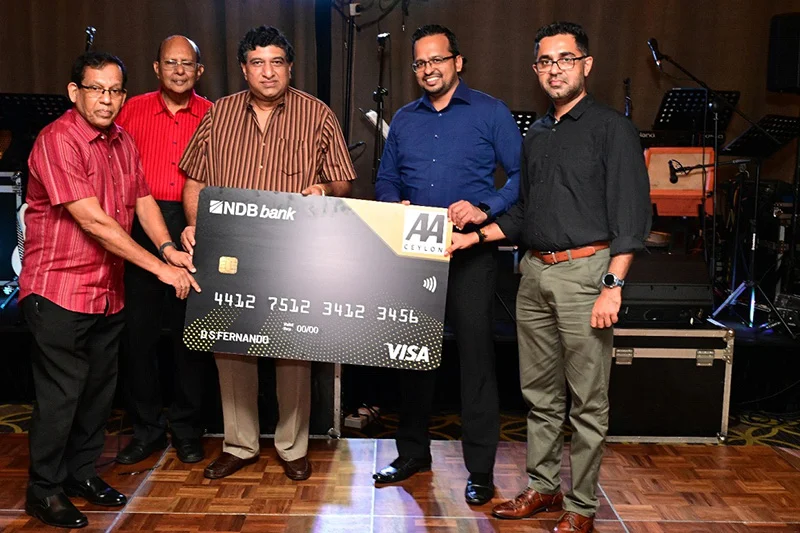
The Automobile Association of Ceylon (AAC) celebrated its 120th anniversary recently.
The members of the Executive Committee, several other well-wishers and government and other officials participated.
At the ceremony the National Development Bank launched its Affinity Credit Card to members of AAC.
Business
Capacity-building in hotel sector, a crying need – tourism expert
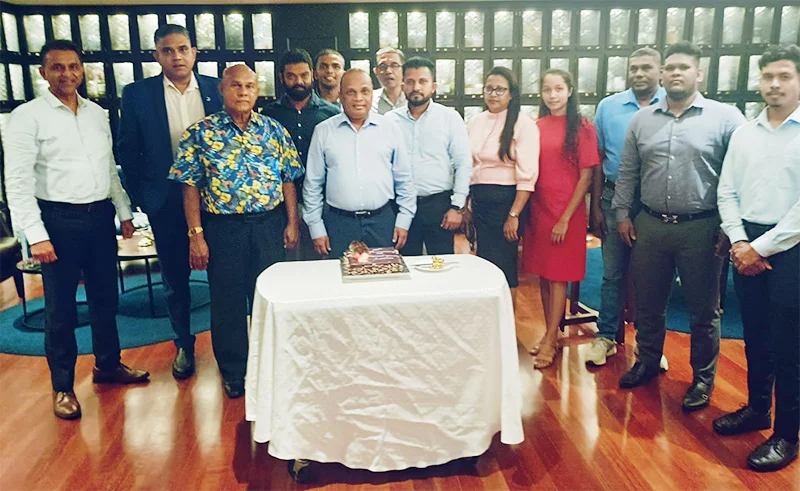
By Hiran H.Senewiratne
Sri Lanka has an immense growth potential in its travel and tourism industry, yet this rich potential has not been realized. Therefore, capacity building in the hotel sector is the need of the hour to attract more tourists into the country in the future, a top travel and tourism sector expert Chandana Amaradasa said.
“At present Sri Lanka has approximately 40,000 rooms, which need to be doubled at least within the next three to five years. Apart from that the best solution would be to upgrade existing hotels which are operating to five star level, said Amaradasa who works as a Managing Director at Island Leisure Lanka, an award winning hospitality and destination management company which celebrated the 15th anniversary of its founding at Colombo Club at Hotel Taj Samudra recently.
” The Sri Lankan tourism sector is now bullish with the arrival of two million tourists in 2024, while this year we could expect 2.5 million to 3 million tourist arrivals with an expected revenue of US $ 3.5 billion to 4 billion. Therefore, capacity building in the hotel sector is now an important factor to cater to the ever increasing tourist arrivals into the country, he said.
Amaradasa, former Senior Manager of Taj Hotels and former vice president, Ceylon Hotels Graduates’ Association also said that the imposition of VAT liability from zero for the inbound tourism sector is one of the disadvantages for the industry.
Amaradasa added: “Abandoned old colonial buildings, circuit bungalows and other important buildings belonging to the government should be handed over to the private sector to develop them into hotels as a short term solution for this issue.
“Tax impositions for inbound tour operators who are doing yeoman service to bring tourists into the country would definitely affect the growth of the sector. Therefore, the government and relevant authorities should immediately address that issue.”
Amaradasa who is also an Executive Committee Member PATA also said that, high quality PR campaigns are needed globally to attract high quality tourists into the country, while minimizing brain drain in the sector. “The industry is now suffering due to the exodus of high quality travel and tourism sector employees, which is an important factor to consider and address at this juncture, he said.
“Sri Lanka possesses two of the oldest golf links in the world, and could be promoted as a golf hub in the region, Amaradasa added.
-

 Features6 days ago
Features6 days agoAKD faces challenging year ahead
-

 Editorial6 days ago
Editorial6 days agoA kiri-kekiri issue
-

 Sports6 days ago
Sports6 days agoSt. Sebastian’s dominate at Bambalapitiya
-

 Features5 days ago
Features5 days agoThey, too, had a ball …Down Under
-
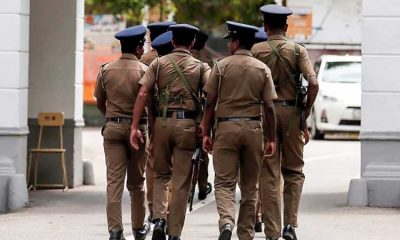
 News3 days ago
News3 days agoReshuffle of senior cops on the cards
-
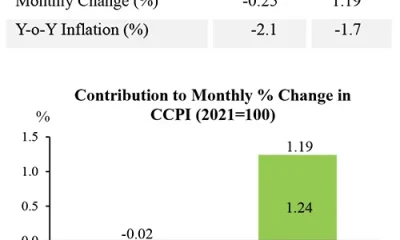
 Business5 days ago
Business5 days agoCCPI-based headline inflation continued to remain in negative territory in December 2024
-

 Features4 days ago
Features4 days agoRating President’s visit to India
-

 Editorial5 days ago
Editorial5 days agoMessages and subtexts













